It happens to the best of us—our timing is off, the weather is off, or we just hedged and tried to grow something in the wrong part of the growing season; and instead of a nice harvest of fresh salad, we end up with a bolting seed stalk shooting towards the sky.
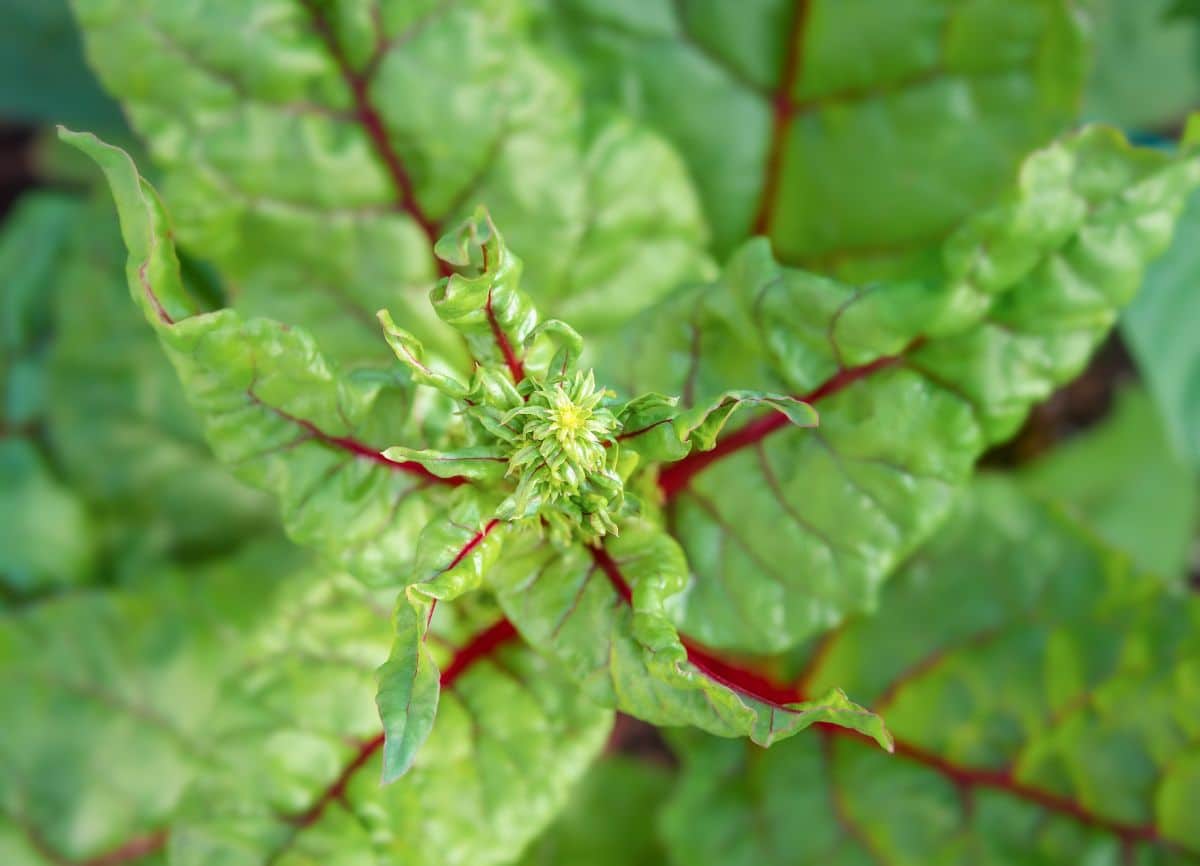
It’s frustrating, and it can make gardening seem like a constant race against nature. We don’t have to take bolting lying down, though. There are some things we can do to prevent bolting, to beat bolt-prone plants at their own game, and even to salvage what is almost lost.
Jump to:
- Understand the What and Why of Bolting
- Working Around Plants and Mother Nature to Limit Bolting Activity
- 1. Start with balanced, fertilized soil
- 2. Continue fertilizer recommendations
- 3. Plant early (season – spring)
- 4. Plant late (season—fall garden)
- 5. Plant resistant varieties
- 6. Plant at recommended temperatures
- 7. Plant in part shade
- 8. Create shade
- 9. Use floating row covers
- 10. Mulch
- 11. Keep consistently watered
- 12. Companion plant with tall vegetables
- 13. Grow alternatives in the period of the highest heat
- 14. Harvest early
- 15. Grow baby greens
- 16. Succession plant
- 17. Harvest in different ways
- Plants Most Prone to Bolting:
- What to do with Crops that Bolt
- Harvesting and eating bolted vegetables:
- Other ways to salvage bolted vegetables:
Understand the What and Why of Bolting
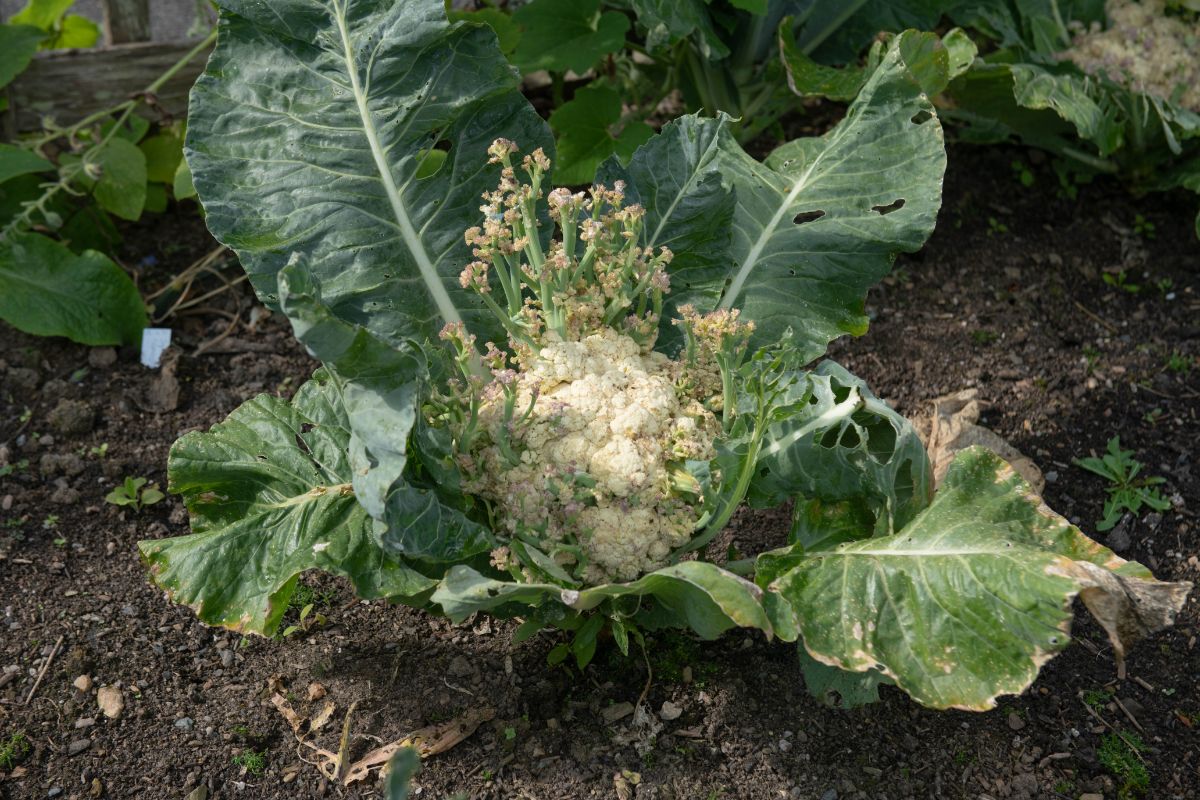
Bolting is not really a negative in the grand scheme of things. It is simply the plant’s process of flowering and setting seed, and therefore it is its process of reproduction. The frustration for home gardeners comes when we don’t understand how and why plants bolt, or we don’t know to expect it, and therefore we have unrealistic expectations of what our plants can supply us.
When we think of it in simple terms of reproduction, it’s a lot easier to accept. If you want to save seed, such as from heirloom or open-pollinated plants, bolting may, in fact, be a welcome occurrence.
Bolting is most commonly thought of as a response to summer heat. When the temperature rises, especially for an extended period, prone plants will bolt to flower and set seed. This is the case for several common vegetable garden plants. While it is not the only cause, it is one of the more applicable scenarios for home gardeners.
Plant stress is a factor, too. Even when all the other things are done “right,” with well-timed planting and cooperation from Mother Nature, plants that become stressed or unhealthy may bolt in a last-ditch effort to continue the species before they die.
Another reason that plants bolt is in response to cold. In general, our planting times are planned to avoid this, but there are years in which the weather is unpredictable, and bolting occurs out of order to what we would normally experience. An extended period of unseasonable cold after seeds or plants are planted may change its internal cycle of reproduction. For some plants, this will depend on whether they are matured to a certain point of leaf-set; for others, the seeds being chilled in the ground may be enough to make the difference.
Day length is a trigger that causes plants to bolt, too. Some plants are just naturally designed to flower and go to seed when the days get long. It’s a totally natural and expected response for some vegetables, so we have to know how to work around it.
Working Around Plants and Mother Nature to Limit Bolting Activity
While we can’t stop the sun from rising or the days from getting longer, and we can’t control the weather, there are some things we can do to work around it:
1. Start with balanced, fertilized soil
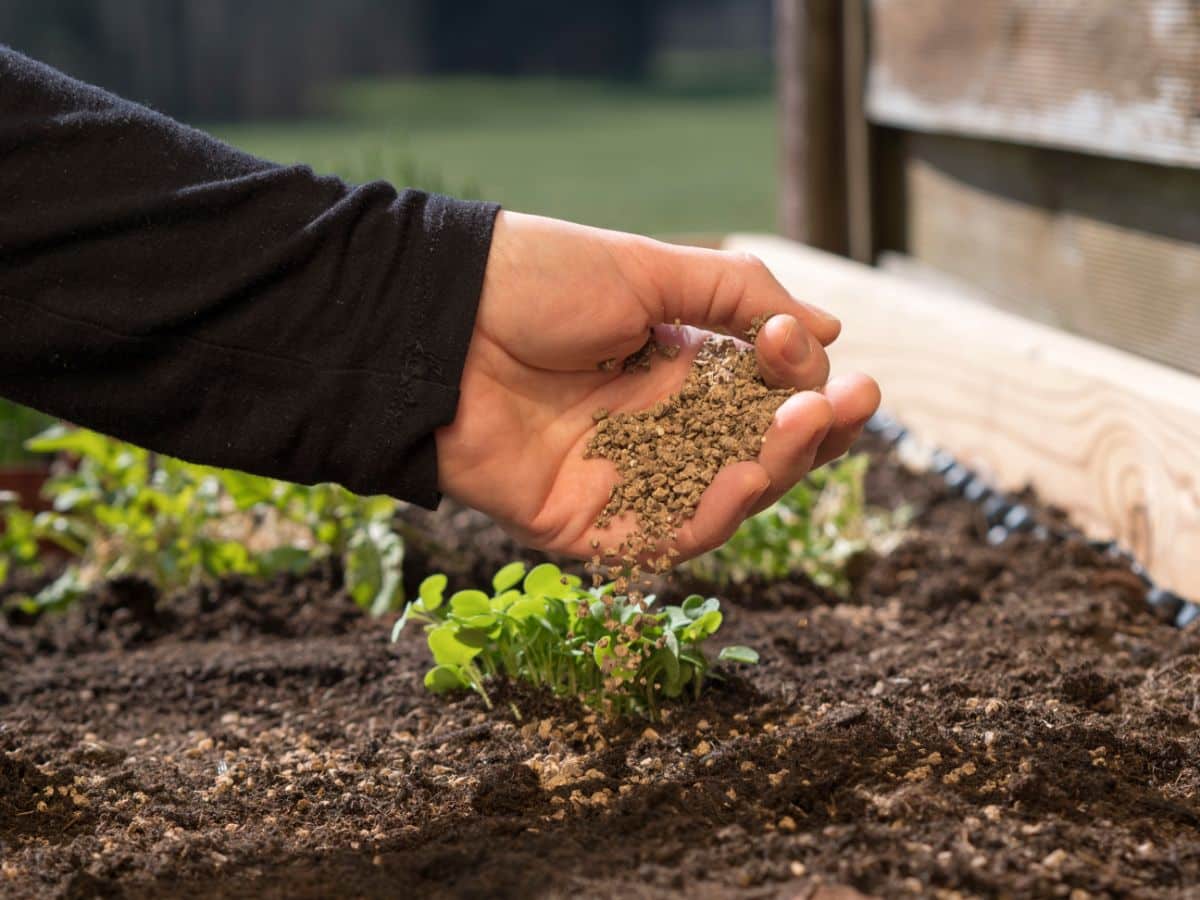
Since plant stress is a primary cause of early bolting, we, as gardeners, need to do what we can to reduce the elements that cause stress. As for any living, growing thing, a lack of nutrition is a primary cause of stress and ill health. So, start your plants off right every year with fertilized soil that is also pH balanced.
Not only will this reduce plant stress, but it will also encourage faster, stronger growth which means your plants are more likely to mature to harvest before the natural conditions that usually cause them to bolt set in, like long days and hot temperatures.
2. Continue fertilizer recommendations
For plants that need periodic fertilizing, keep up with the recommended schedule. Again, a well-fed plant is a happy, healthy plant that isn’t afraid of dying.
3. Plant early (season – spring)
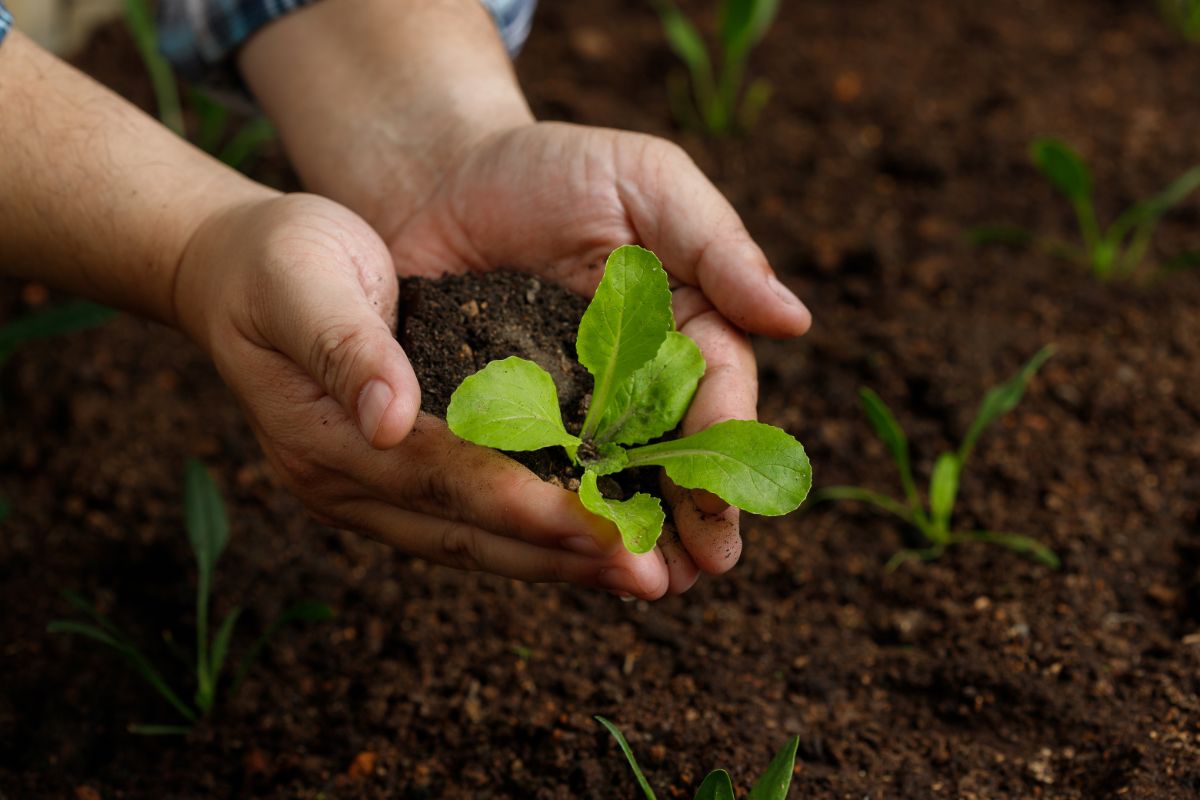
Get over the idea that your garden is a set-it-and-forget-it, one-time planting project. The best gardens are not just planted once in a season; they are planted at least three—once for the early cool-weather loving vegetables, once a bit later for the warm-weather plants, and then once late in the summer for a fall harvested garden.
Some crops, like spinach and leafy greens, are just not expected to be grown during the hottest periods of the summer because they will quickly bolt. Plant those crops early and harvest them before long days and summer heat become a problem.
4. Plant late (season—fall garden)
As mentioned above, for some vegetables, it is easiest to avoid growing in the height of summer. Growing later in the year is another way to get around the heat that causes bolting.
5. Plant resistant varieties

Gardeners and horticulturists have done an excellent job over a hundred years and more to select plants that have the characteristics we want—like resistance to bolting, even when all their friends of the same species are doing it.
Be selective in the seeds and plants you grow, and that alone might be enough for bolting to not be a problem in your garden (though we should point out this is resistance, which means “less likely” and not necessarily “impossible”).
6. Plant at recommended temperatures
Even if you think your plants are hardy enough to survive some frost or cold, resist planting too early and don’t plant before the soil and day and nighttime temperatures are high enough. For most plants, this means planting when nighttime temps are steadily holding at 45 to 50 or above. The odd low day or two here and there shouldn’t be a problem, but if you are likely to have consistent lower temperatures, wait to plant.
Read the seed packet, check the catalog description, or do some general research online to find out what temperatures are recommended for different types of vegetables before planting.
7. Plant in part shade
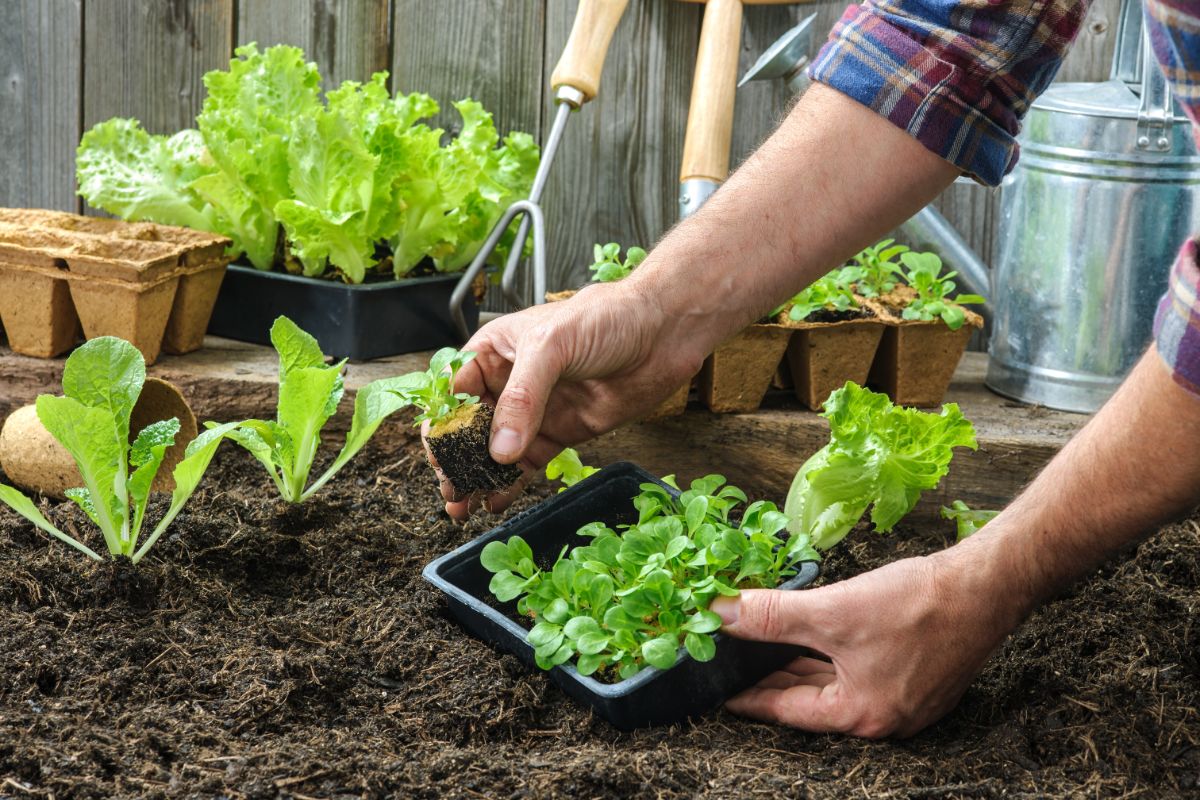
Since high temperatures are the most common cause of bolting, doing what you can to reduce those temperatures helps to prevent early bolting. Planting things like lettuce and spinach in an area that will have partial shade will reduce the effects of high temperatures on the plant. Ideally, this would be shade from the late afternoon sun since that is the hotter part of the day. You should still plant in a space that receives a minimum of six hours of total sunlight. Vegetables can’t grow with no light.
8. Create shade
If you don’t have a good shady spot that meets minimum sunlight requirements, make one. Set up a section of canvas tarp or shade cloth, or pop open a beach umbrella for the afternoon. It doesn’t have to be fancy—it just has to give your bolt-prone plants some relief from the hottest sun and temperatures.
9. Use floating row covers
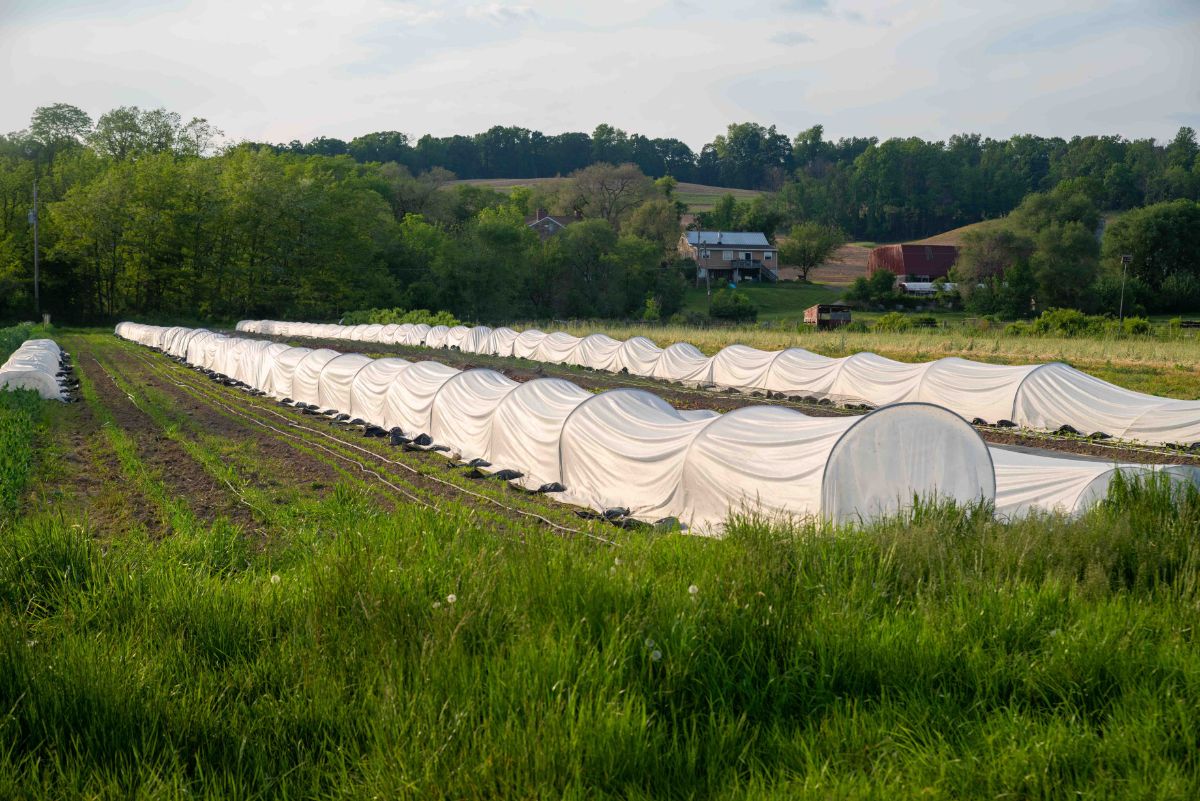
Floating row covers help to provide some shade while allowing some sunlight for photosynthesis. They help to keep plant and soil temperatures low. It is a good idea to remove row covers for a part of the day to allow light and pollinators in. Cooler mornings or late afternoon/evening are usually the best time to do this.
10. Mulch
Mulch, if not applied too deeply or too heavily as to create its own heat, can keep soil and root temperatures moderated, which helps vegetables to feel cool, reducing the heat response that causes bolting.
11. Keep consistently watered
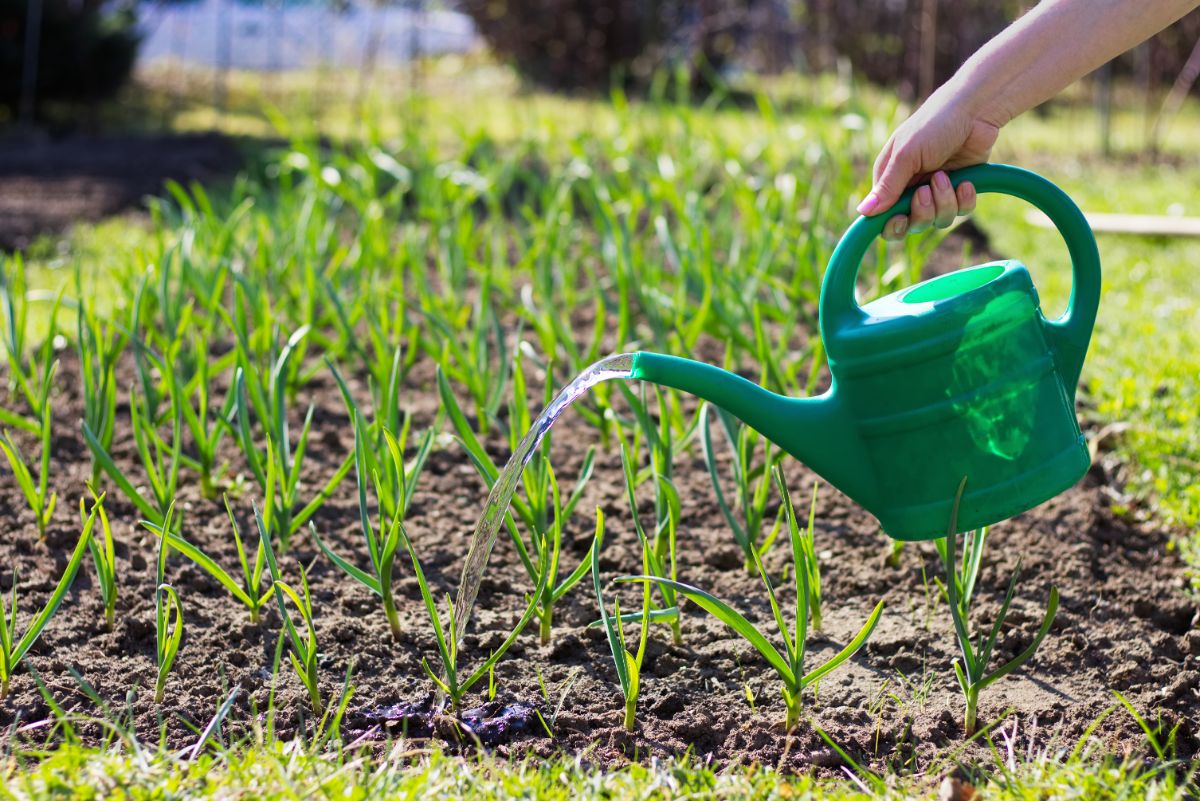
Inconsistent watering and periods where gardens dry out and then get sudden influxes of water are stressful for vegetables. Vegetables rely on regular moisture to uptake nutrients and maintain structure. A lack of water or unreliable water is a primary cause of the bolting that results from plant stress.
12. Companion plant with tall vegetables
Plant bolt-prone plants in rows with, or in rows next to, tall plants. This will provide them with some shade, which will reduce temperatures for the lower plants and therefore reduce the bolting caused by heat exposure. Tomatoes, corn, and sunflowers are good companion plants that provide shade. Do note that for this to work, you may need to pay attention to the sun’s path to see when and where shade from the taller plants will fall.
13. Grow alternatives in the period of the highest heat
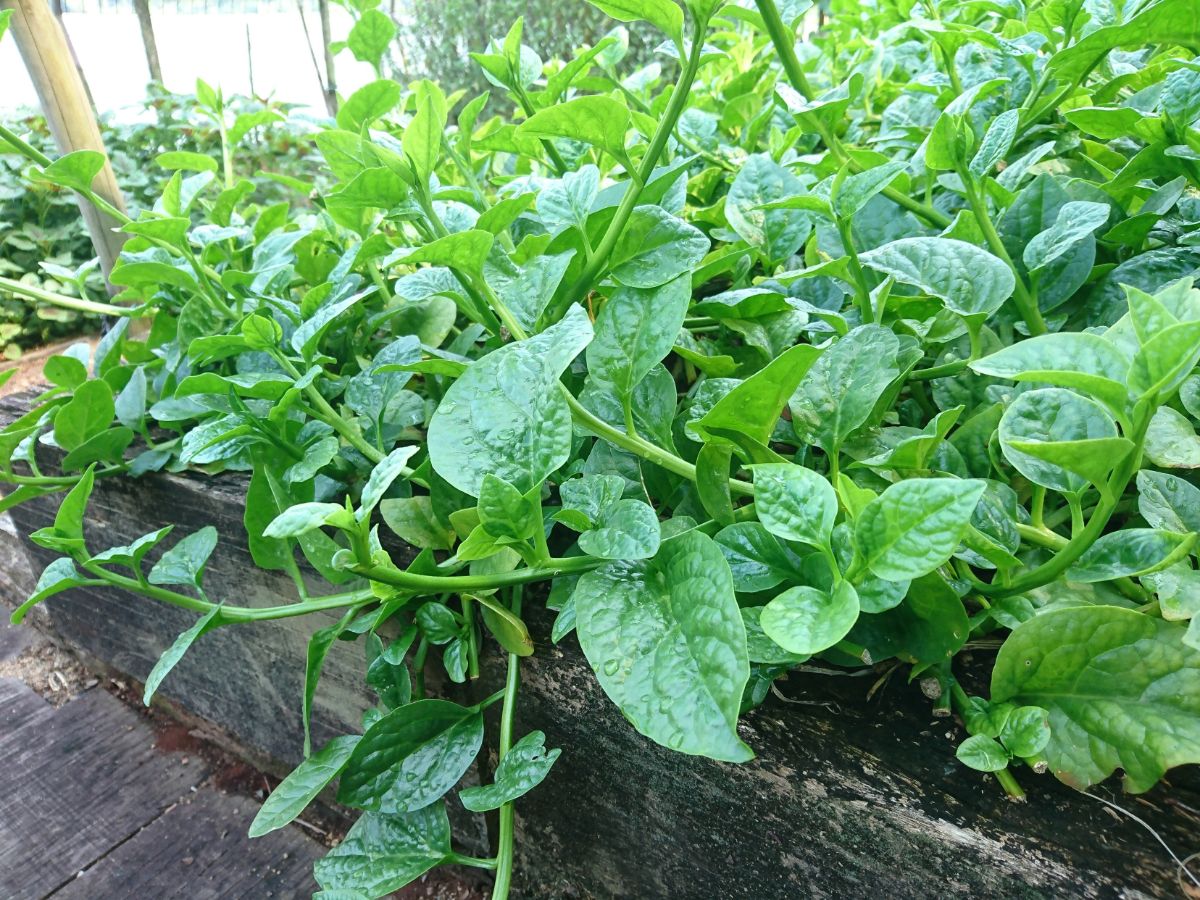
There are greens and leafy plants that can grow quite well, even in high heat. Kale and chard are two examples that can work well as lettuce substitutes. Both can be eaten fresh, such as in salads. Malabar spinach (not a true spinach) is a good alternative to spinach.
Sometimes our best management option is to work with the seasons, not against them, and eat in the season. Seek out alternatives to the vegetables you like to eat and see how they’ll work for you during times when things like fresh lettuce and spinach are too difficult to grow.
14. Harvest early
If the weather is taking a turn, or the days are getting longer, and you’re afraid you’re setting yourself up for bolted vegetables, go ahead and harvest them on the early side. For the vegetables that are most likely to bolt, this won’t affect the flavor much. (It is often even better tasting and more tender). Bolt-prone vegetables are things like greens and root vegetables, not things that need to be left to sit and ripen, like fruit-bearing peppers, squash, or tomatoes.
15. Grow baby greens
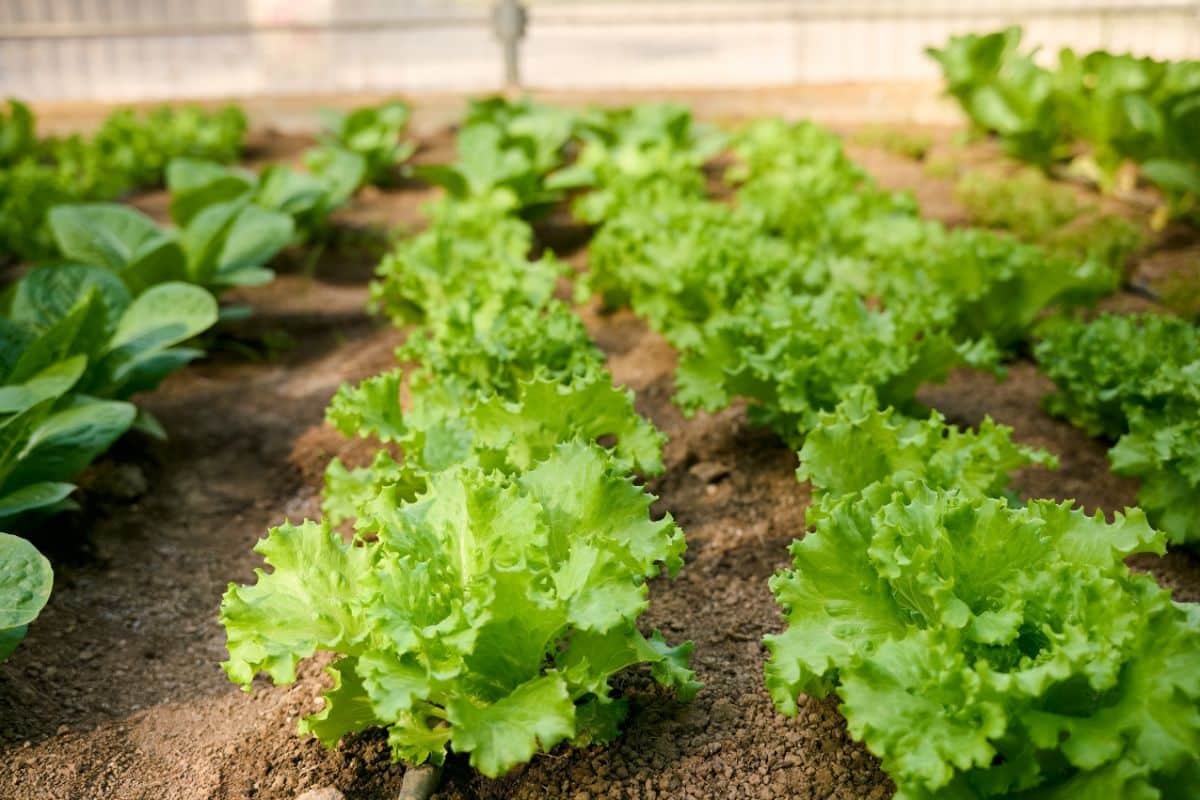
You may not be able to plan to get leafy lettuces or spinach to grow to a larger, more mature leaf stage, but they are not very likely to bolt when small and young in the baby leaf stage. They’re more likely to bolt in the juvenile and adult stage.
When heat is high, intentionally grow greens for baby greens and cutting. Overplant to make up for the loss in yield of the larger plants. Baby greens are bright, tender, fresh, and delicious. You may just decide they’re the way to grow.
16. Succession plant
Succession planting is a way to stay in a steady supply of vegetables even if you must harvest them young. It is also a way to have replacement crops and fall-harvest crops coming up to give you successive harvests. You can use this to your advantage to work through and around the middle month or two when bolting is most likely.
17. Harvest in different ways
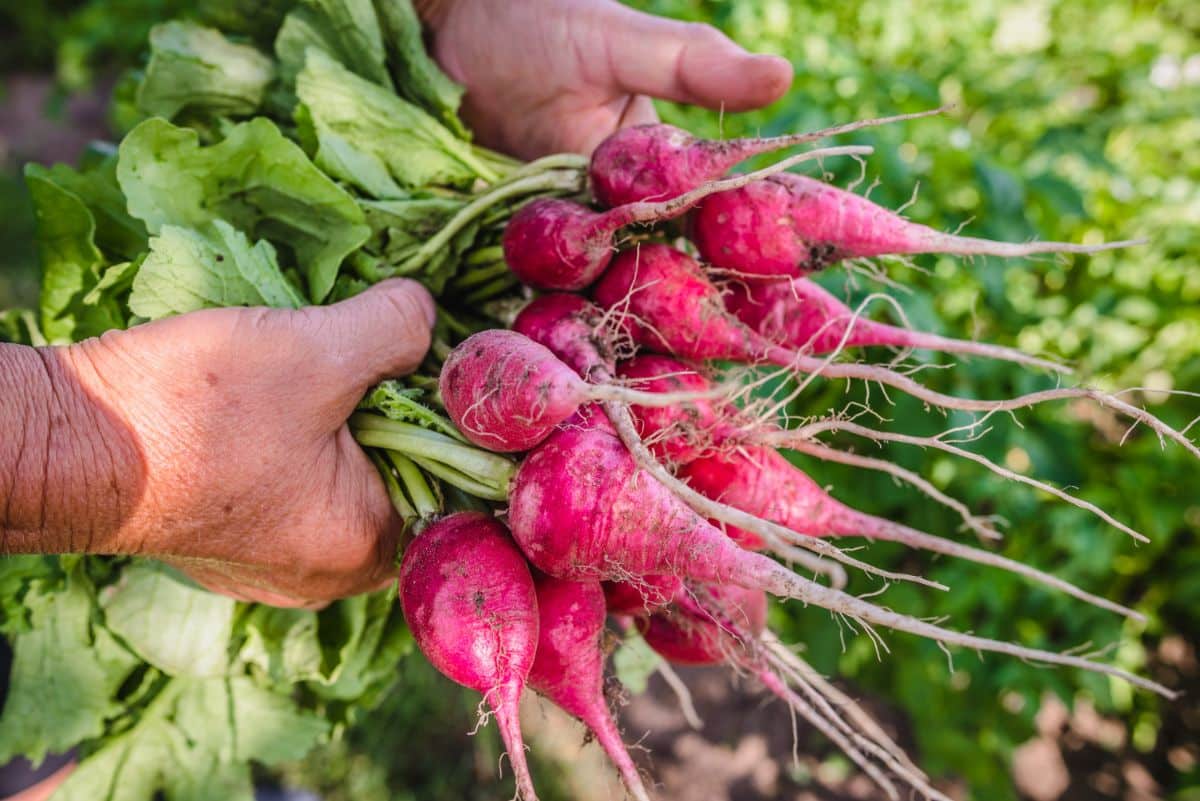
We’re very used to eating our vegetables in the ways that are most familiar to us. But did you know that a lot of vegetables have other parts of the plant or mature parts of the plant that are excellent for eating, too?
For example, radishes are usually harvested for their roots. You might not know that the leaves are also edible (many like them sauteed), and the seed pods that set when radishes bolt are edible too. In fact, some people grow radishes specifically for them to set seed to harvest the pods—they never intended to eat that root at all!
The seeds of the cilantro plant—an herb highly proven to bolting—are the seed spice we know as coriander. They’re just a different part of the plant, by a different name.
There are several examples of lesser-known parts of plants that you can eat. Your “wasted” bolted plant may be one of them!
Plants Most Prone to Bolting:
It helps to know which plants are most likely to bolt. Knowing them helps you plan your garden accordingly and makes you aware that you may need to keep a good watch or change how you plan to grow these vegetables.
Leafy green-type vegetables and some root vegetables are the most likely to bolt. The plants that are probably most well-known for bolting are:
- Radishes
- Lettuce
- Greens
- Arugula
- Bok choi
- Cilantro
- Spinach
Other plants can bolt, too, though some of these are easier to control and easier to keep them in production and get a crop from them. For example, cole crops like broccoli may flower quickly under certain circumstances. One of those conditions is when a freak spring or early summer cold snap occurs, which makes the plant (which is usually a biennial seed producer) think it has experienced a winter and it is time to set seed.
What to do with Crops that Bolt
If your plants do bolt, all is not necessarily lost. Bolting doesn’t mean your plants are unsafe to eat; it just usually means they’re not very palatable. Depending on the plant, age, and extent of bolting, you may be able to salvage some or all of your crop.
Harvesting and eating bolted vegetables:
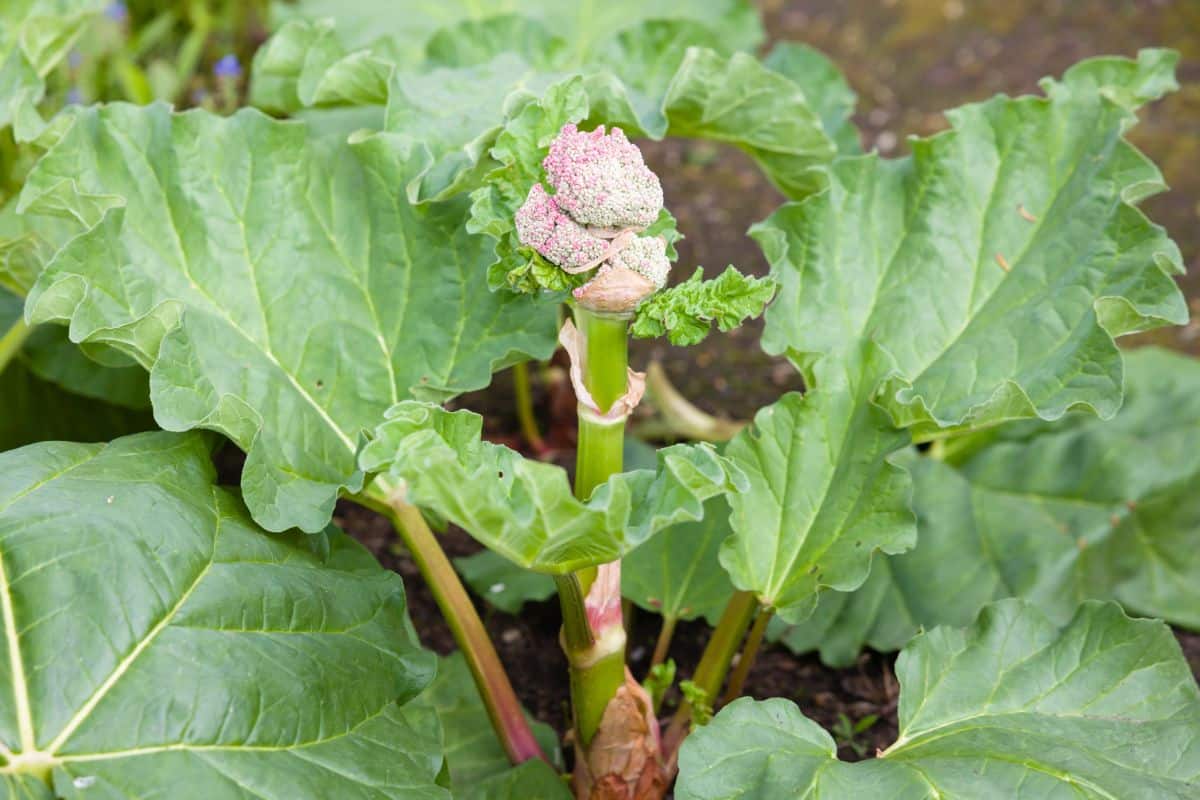
For spinach, lettuce, and leafy greens, try a couple of leaves. The problem with bolted greens is that they get very bitter when they bolt. If they have not gotten too bitter, or you don’t mind the flavor, you can harvest them and eat them. Often, the younger, smaller leaves will be fine, but you may want to throw out larger leaves that are more likely to be bitter.
Bolted root vegetables like radishes, turnips, and carrots may have a texture issue (read: woody), but if you try them and have no problem with it, there’s no reason not to keep them and eat them.
Onions and leeks may grow a hard stem in the center but cut around it, and the rest will be fine to eat.
Whereas bolting will ruin the flavor of greens as well as the plant and structure, with broccoli, it results in it being less likely to provide a good, large main head, and the plant may go straight to producing side shoots in an attempt to flower. Keep these shoots harvested before they flower, and you should continue to get a steady crop of florets (but don’t expect to ever get that large main head you’re looking for—once that opportunity has passed, it won’t come again).
When using vegetables that have experienced bolting (especially root vegetables that may experience some hardening), choose the cooking method that will work best to hide it. Slow cooking with liquid or cooking into soups and stews is often best.
Other ways to salvage bolted vegetables:
The sooner you harvest and use what is salvageable, the better, so when appropriate, harvest bolted vegetables when you see the stem growing or you see flowering start.
If the plant has gone to flower and there’s nothing worth saving to eat, you might want to leave the plant there to attract and feed pollinators. When in flower, bolted herbs and lettuces are a huge draw for bees, butterflies, hummingbirds, and others. You’ll be pleasantly surprised when you see how many pollinators these “wasted” plants bring to your garden.
For plants that are just beyond saving for a harvest, consider letting them go to seed completely, then let that seed dry on the plant and harvest it for future planting. Heirloom and open-pollinated plants are best suited for saving seed; you may not want to save seed from hybrid plants because they don’t breed true in the next generation (they revert to different, unreliable characteristics of the parent plants).
Many of the plants that tend to bolt and set seed are unlikely to cross-pollinate, but before you decide to save seed, you will want to learn a little about which seeds are self-pollinating and, therefore, which are worth your time to save them.
Beating bolting in the garden depends on knowing what plants are likely to bolt, managing planting with that in mind, and doing what you can to trick the natural process into continuing to grow plant and not seed. The strategies listed here are a good way to beat the bolt and have a continuous harvest of fresh produce for as long as is reasonably possible.

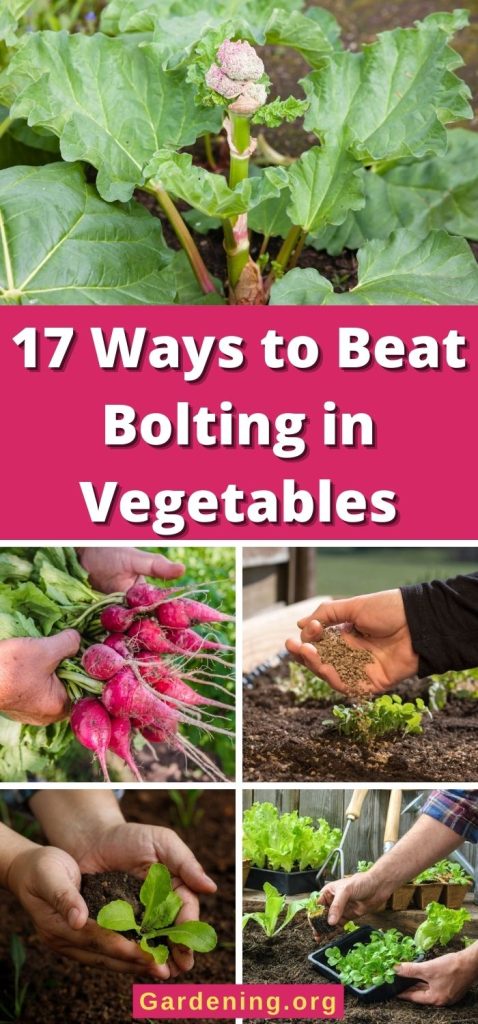
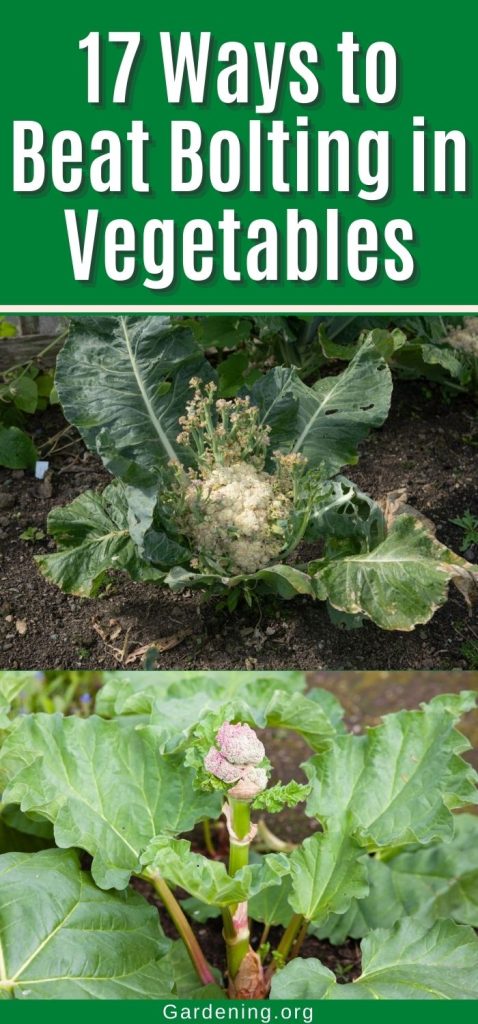
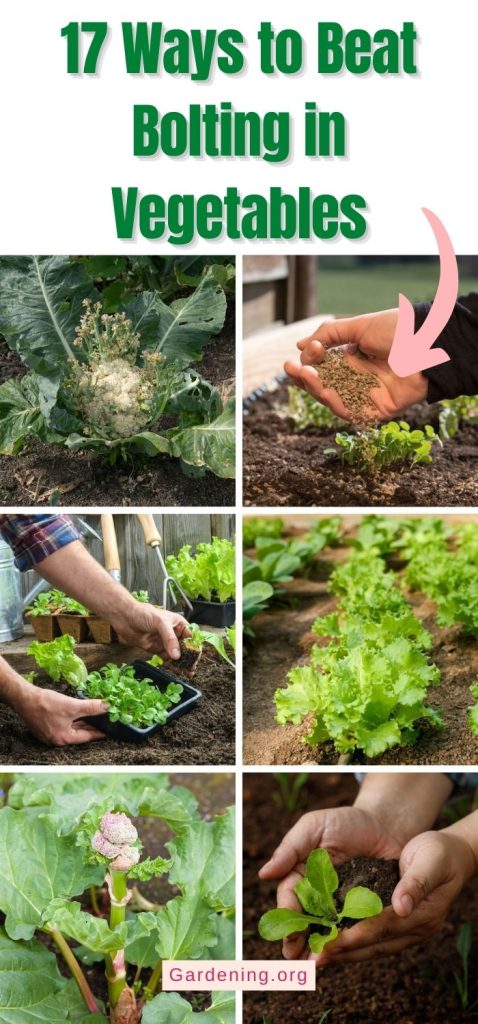





Leave a Reply